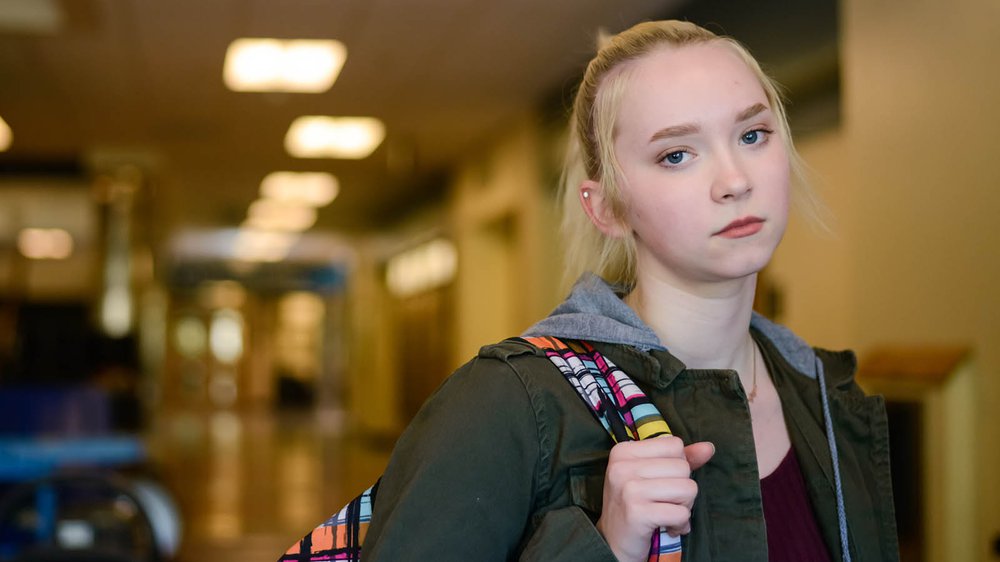Student suspensions continue to be a major issue in American schools. Suspensions are associated with a variety of negative student outcomes, such as lower academic performance and higher dropout rates. Yet, each year more than 3 million students face out-of-school suspensions, typically for non-violent behavior. Below we suggest five steps to help reduce suspensions.
With an action plan aligned to strategic goals and diligent, focused progress monitoring systems, schools can reduce discipline incidents and keep more students in class actively learning. Here are five steps to make that happen.
1. Analyze historical data.
The first step is to dig into historical data on students and schools with a collaborative team of stakeholders. These data may include:
- Total counts of suspensions or referrals year-over-year
- Number of in-school vs. out-of-school suspensions
- Demographic breakdowns of incidents
- Patterns by grade, department, and teacher
- Recidivism rates
- Percentages of students with no incidents
When analyzing these data, school teams can gain insight into root causes of issues, as well as actions, and processes leading to high or low suspension rates. These root causes can then be addressed as part of a strategic plan.
2. Apply the 80 percent rule.
In an effort to reduce suspensions, one of the most common errors schools make is focusing on Tier 2 or Tier 3 supports without first addressing schoolwide systems for fostering positive behavior and a positive school culture. During the historical data dig, a critical question to ask is: “Are 80 percent of students behaviorally successful?” If at least 80 percent have no behavior infractions, this indicates that Tier 1 systems are effectively supporting students. In this case, the team should continue monitoring these schoolwide systems while creating a plan for targeted and intensive supports for Tier 2 and Tier 3 students. On the other hand, if problems are more widespread, then the school should consider initiating or revamping Tier 1 systems for behavior modification.
3. Set strategic goals.
Once leaders have decided which Tiers to focus on, the next phase is goal-setting. It is important to have a school-level suspension reduction goal as well as individual student behavior goals. For Tier 2 and Tier 3 students, this would include goals from Behavior Intervention Plans or Individual Education Plans. These goals should be clear and measurable.
4. Plan for action.
Once explicit goals are set, leaders and teams will plan the action steps needed, identify timelines for each action, ensure adequate resources, and determine who owns each part of the plan. Actions must be aligned to the end goal and therefore will be focused on either Tier I behavior supports, or targeted and intensive behavior supports.
Here are a few actions that can support Tier 1 goals focused on reducing suspensions:
- Clearly define what successful student behavior looks like. Having a common language, clear behavior descriptors, and consistent expectations helps students better understand and learn positive behaviors.
- Implement a data-driven approach to behavior and discipline. Schools also need a way to help staff reinforce those common positive behaviors as students exhibit them. With a web-based classroom behavior management system or mobile app, they can easily click a button corresponding to the behavior they are reinforcing. By verbally narrating the behavior and capturing that data point in real time, they can establish a positive learning environment while creating a robust data set portraying each child’s strengths over time.
In fact, a recent study from Tulane University’s Education Research Alliance for New Orleans provides evidence that a data-driven approach can have a measurable impact on student suspensions.
- Establish schoolwide positive recognitions. Many schools leave positive reinforcement up to teachers. What is lost is the synergy and consistency gained with a collective commitment to prioritizing and celebrating the positive — which is the only way to effectively teach behavior. Establishing a set of positive schoolwide recognitions ensures all students have the chance to be honored for the positive choices they make.
- Create a consistent response to misbehavior. Student behavior will not improve through consequence alone; consequence must always be paired with instruction and positive reinforcement. Thus, staff should develop a consistent protocol for how to respond when students misbehave, and which behaviors to address using corrective strategies. Collectively, staff and administration should standardize which behaviors will be classroom managed or office managed, as well as how to seek additional support and when to escalate actions for safety.
When a school’s Tier 1 system is effective, the improvement path should be focused on reducing suspensions for Tier 2 and Tier 3 students. The following actions can support these goals:
- Create data-driven watch lists. With a proactive early-warning system, schools can meet the needs of all students who need closer monitoring or extra support. First, leaders should determine what thresholds will flag a warning. After determining the rules for watch lists, they must then decide who will own each list and how frequently they will analyze the data.
- Establish a student behavior problem-solving process. This process will identify which students to bring forward for additional support, what staff should be a part of the team, and what roles each member will take.
- Set data-based behavior goals. Behavior goals for individual students should be measurable, realistic, and based on previous behavior data. Using a behavior management system, the team can gather baseline performance levels and identify which behaviors are an issue. Choosing only one target behavior at a time, the team can then set a reasonable growth goal for each student.
5. Monitor progress.
One of the most common mistakes schools make is setting a behavior goal and plan and then letting it drive itself. At every Tier, a vital component of reducing suspensions involves incorporating a regular, data-based cycle of monitoring to determine if the plan is achieving the intended outcomes. This cycle includes: identifying the challenge, collaborating, taking action, and reflecting and evaluating. School data cycles should be relatively short (at least monthly, but more often if necessary) so staff can adjust the plan if trends show actions are not on target for meeting the goal. Engaging stakeholders — including teachers, parents, and students — in these cycles further powers the innovation that leads to results.
Achieve and celebrate.
With these steps, schools can achieve a measurable reduction in suspensions, which they can (and should) celebrate with their stakeholders. By reducing discipline incidents and suspensions, schools can also create a more positive culture where students make positive behavior choices, actively engage in classroom learning, and achieve greater academic outcomes.
Tom Hierck has been an educator since 1983, and he is the author of several books including Seven Keys to a Positive Learning Environment in Your Classroom. Dr. Kent Peterson is a Professor Emeritus in the Department of Educational Leadership and Policy Analysis at the University of Wisconsin-Madison, and his research includes more than 90 studies and articles on the leadership of school principals.











